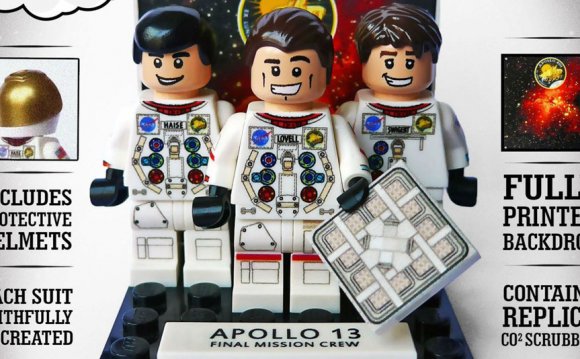
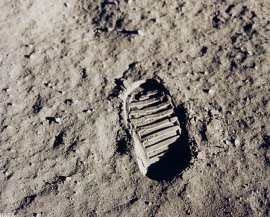 Fred Haise (left), Jack Swigert, and Jim Lovell pose on the day before launch. Swigert had just replaced Ken Mattingly as command module pilot after Mattingly was exposed to German measles.
Fred Haise (left), Jack Swigert, and Jim Lovell pose on the day before launch. Swigert had just replaced Ken Mattingly as command module pilot after Mattingly was exposed to German measles.
In an instant, the Apollo 13 spacecraft pivoted from a moon-bound landing unit to a crippled vessel. While the spaceflight stands today as a demonstration of NASA innovation saving lives on the fly, Apollo 13 vividly illustrated the dangers of people working in space.
The Apollo 13 astronauts
First-time flyer Jack Swigert, 38, was initially the backup command module pilot. He joined the crew officially just 48 hours before the launch on April 11, 1970, after prime crew member Ken Mattingly was unwittingly exposed to the German measles. Since Mattingly had no immunity, NASA doctors yanked him from the mission over commander Jim Lovell's protests.
Lovell, 42, was the world's most traveled astronaut. He had three missions and 572 spaceflight hours of experience. Lovell participated in Apollo 8, the first mission to circle the moon, and flew two Gemini missions — including a 14-day endurance run. Rounding out the crew was Fred Haise, 36, who previously was a backup crew member on Apollo 8 and 11.
The entire crew had test flight experience before they became astronauts, meaning they were used to dealing with in-flight problems. That experience would come in handy on Apollo 13.
'Houston, we've had a problem'
The Apollo spacecraft was made up of two independent spacecraft joined by a tunnel: orbiter Odyssey, and lander Aquarius. The crew lived in Odyssey on the journey to the moon.
On the evening of April 13, when the crew was 200, 000 miles from Earth and closing in on the moon, mission controller Sy Liebergot saw a low-pressure warning signal on a hydrogen tank in Odyssey.
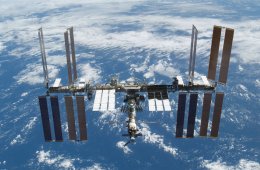 The signal could have shown a problem, or could have indicated the hydrogen just needed to be resettled by heating and fanning the gas inside the tank. That procedure was called a "cryo stir, " and was supposed to stop the supercold gas from settling into layers.
The signal could have shown a problem, or could have indicated the hydrogen just needed to be resettled by heating and fanning the gas inside the tank. That procedure was called a "cryo stir, " and was supposed to stop the supercold gas from settling into layers.
A view of the damaged Apollo 13 service module after separation.
Credit: NASASwigert flipped the switch for the routine procedure. A moment later, the entire spacecraft shuddered around the startled crew. Alarm lights lit up in Odyssey and in Mission Control as oxygen pressure fell and power disappeared. The crew notified Mission Control, with Swigert famously uttering, "Houston, we've had a problem." (The 1995 movie "Apollo 13" took some creative license with the phrase, changing it to "Houston, we have a problem" and having the words come out of Apollo 13 commander James Lovell's mouth.)
Much later, a NASA accident investigation board determined wires were exposed in the oxygen tank through a combination of manufacturing and testing errors before flight. That fateful night, a spark from an exposed wire in the oxygen tank caused a fire, ripping apart one oxygen tank and damaging another inside the spacecraft.
Since oxygen fed Odyssey's fuel cells, power was reduced as well. The spacecraft's attitude control thrusters, sensing the venting oxygen, tried to stabilize the spacecraft through firing small jets. The system wasn't very successful given several of the jets were slammed shut by the explosion.
Luckily for Apollo 13, the damaged Odyssey had a healthy backup: Aquarius, which wasn't supposed to be turned on until the crew was close to landing on the moon. It didn't have a heat shield to survive the trip back to Earth, but it could keep the crew alive long enough to get there. Then, the astronauts could switch to Odyssey for the rest of the trip home.
Haise and Lovell frantically worked to boot Aquarius up in less time than designed, while Swigert remained in Odyssey to shut down its systems to keep power for splashdown.
Cold days before splashdown
The crew now had to balance the challenge of getting home with the challenge of preserving power on Aquarius. After they performed a crucial burn to point the spacecraft back towards Earth, the crew powered down every nonessential system in the spacecraft.
Without a source of heat, cabin temperatures quickly dropped down close to freezing. Some food became inedible. The crew also rationed water to make sure Aquarius — operating for longer than it was designed — would have enough liquid to cool its hardware down.
On Earth, flight director Gene Kranz pulled his shift of controllers off of regular rotation to focus on managing consumables like water and power. Other mission control teams helped the crew with its daily activities. Spacecraft manufacturers worked around the clock to support NASA and the crew.
It was a long few days back home; the entire crew lost weight and Haise developed a kidney infection. In the hours before splashdown, the now exhausted crew powered up Odyssey (which had essentially been in a cold soak for days, and could have shorted out if they were unlucky). Then, they prepared for splashdown, not knowing if the explosion had damaged the heat shield. [Video: What If Apollo 13 Failed to Return Home?]
Mission Control in Houston celebrates the safe return of the Apollo 13 crew. Gene Kranz is smoking a celebratory cigar at the right while Deke Slayton, in front of the mission patch, shakes hands.
RELATED VIDEO

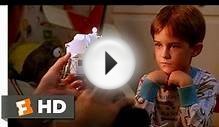
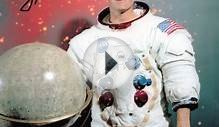

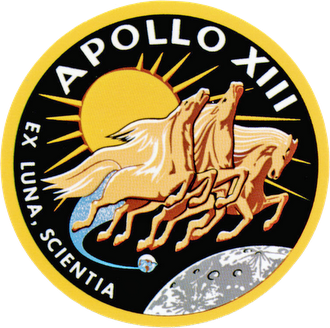 Apollo 13 was the seventh manned mission in the American Apollo space program and the third intended to land on the Moon. The craft was launched on April 11, 1970, at 13:13 CST from the Kennedy Space Center, Florida, but the lunar landing was aborted after an oxygen...
Apollo 13 was the seventh manned mission in the American Apollo space program and the third intended to land on the Moon. The craft was launched on April 11, 1970, at 13:13 CST from the Kennedy Space Center, Florida, but the lunar landing was aborted after an oxygen...








